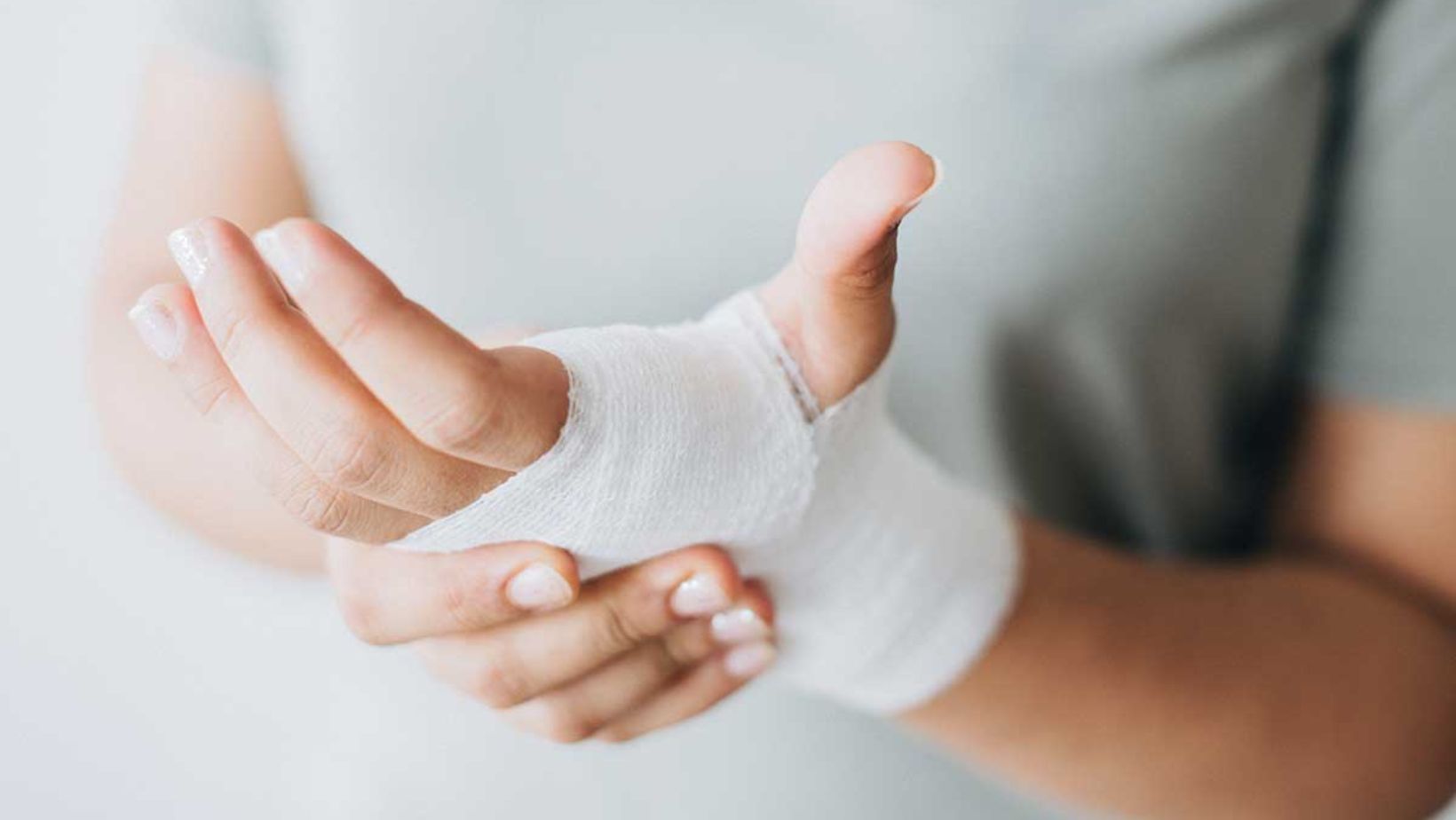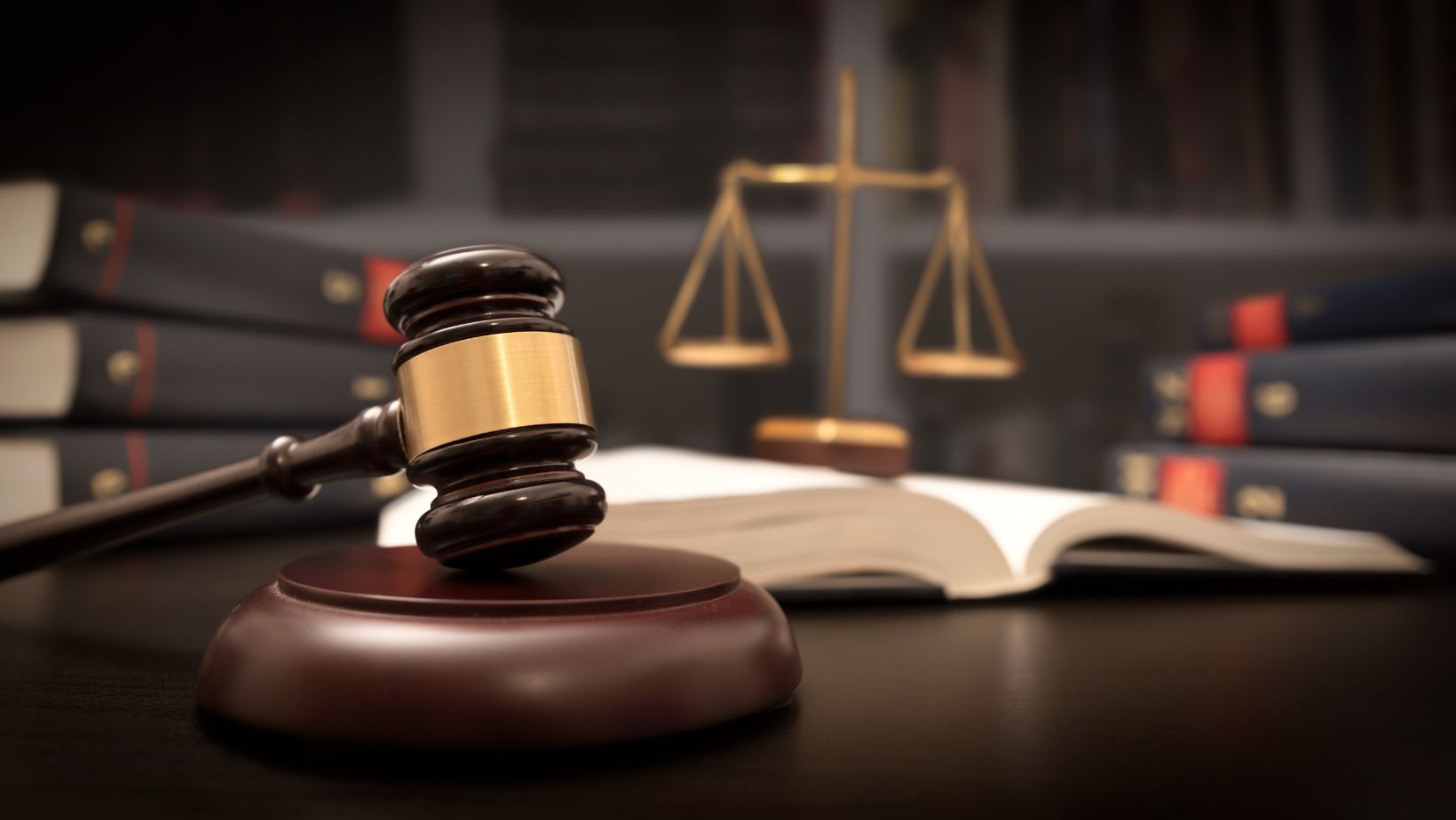
Fire wounds in the workplace are critical and therefore, they need immediate response and preventive measures. This article examines the key components of managing fire wounds such as prevention mechanisms, first aid after burn and legal considerations.
Fire incidents cause burns due to several workplace hazards including fires, electrical malfunctions or chemicals from hazardous materials like chemicals. Understanding safety protocols and training on how to prevent burns is vital. For example, removing a heat source immediately and providing basic first aid can help to reduce damage caused by burns resulting in better outcomes.
Another pointer, which will be addressed in this paper, is the legal aspects related to safety compensation as well as workers’ rights.
Burn awareness and preparedness can help limit the impact of this type of injury on productivity levels while at work thus contributing immensely towards a safer working environment.
Understanding Burn Injuries
Burns experienced at work may involve thermal, chemical or electrical types.
Contact with hot objects, flames, steam or liquids leads to thermal burns. These include open flames, hot surfaces, spilled hot liquids etc.
Chemical burns result when skin or eyes come into contact with strong acids, alkalis or other corrosive agents. Workplace sources include cleaning agents, industrial chemicals and battery acid for instance.
Electrocution happens when someone comes into contact with a live wire, equipment or is struck by lightning. In many instances, faulty wiring, the wrong use of electrical equipment, and not taking safety precautions cause these burns.
Burn severity has three levels:
- First-degree burns only affect the outermost layer of skin (epidermis) causing redness and pain but without blistering.
- Second-degree burns destroy both the epidermis and underlying dermis, which leads to swelling, blisters, and severe pain.
- Third-degree burns penetrate through the dermis to deeper tissues resulting in charred or white appearance; usually causing numbness due to nerve damage.
Preventing Burn Injuries
Preventing burn injuries at work requires several essential approaches.
Employees need proper training so that they know the risks involved and how they can be avoided. This involves safely handling hot objects, chemicals and electrical appliances.
Protective clothing such as gloves, fire resistant clothing and face shields can be used in order to reduce possibilities of being burnt. Employers who must make sure that it is worn when required should provide this.
Safety guidelines should be observed. These may include among others; proper ways of operating machinery, how to store hazardous substances and means for responding emergencies which minimize accidents.
Regular safety drills and inspections are vital. Drills train workers to react quickly and efficiently in an emergency, thus minimizing injuries. Inspections enable the identification of hazards and their remediation before they cause accidents thereby enhancing continuous safety at work.
They foster a culture of safety which reduces burn injuries considerably hence promoting a safe work environment. Regular reiteration through training and inspections serves to maintain compliance and raise awareness thus safeguarding employees further.
Immediate Actions to Take After a Burn Injury
Immediate first aid for different types of burns generally involves the following steps:
Thermal Burns:
- Cool the burn: Place the burn under cool (not cold) running water for 10-20 minutes. This will help relieve pain and reduce swelling.
- Take off clothes: Take off any clothing or jewelry that is on or around the burn site, unless it is sticking to the skin.
- Cover wound: Use a clean non-stick cloth or dressing to halt infection from getting into the burn.
Chemical Burns:
- Flush area: Wash the affected part with plenty of cold running water for at least twenty minutes to ensure that all chemicals has been completely washed away.
- Take off contaminated garments: Remove any clothing stained with this solution to avoid further harm
- Cover wound: Apply a sterile non-stick dressing
Electrical Burns:
- Ensure safety: Do not touch them if they are still connected to electric current; turn off electricity first.
- Check breathing and circulation: Ensure that no movement comes from him whatsoever.
- Cover the burn: Use a sterile, dry cloth to cover the burn and prevent infection.
Always seek medical attention for serious burns.
Seeking Medical Attention
Seeking medical attention for serious burns is crucial as they can lead to severe complications, including infections, shock, and permanent tissue damage.
Call emergency services immediately if the burn is deep, covers a large area, affects the face, hands, feet, or genitals, or if it results from chemicals or electricity. Provide vital information to medical personnel, including the burn cause, affected areas, the extent of the burn (size and depth), and any first aid administered. Timely professional care is essential for proper treatment, reducing the risk of long-term damage and improving recovery outcomes.
Reporting the Injury
Supervisors should be informed of the burn injury and workplace injury forms filled out. This way, the incident is recorded officially to enable the employer to take immediate action in order to prevent further recurrence.
Precise and timely documentation is vital in supporting compensation claims for employees and ensuring that they get the necessary healthcare services and financial support during their recuperation. Such records may also be significant for any possible legal actions as it gives an account of what happened during the accident, its causes, and how it was managed.
Accurate record-keeping helps establish grounds for liability, shows compliance with safety procedures while at the same time securing both employee rights and employers from potential disputes. It can also promote a thorough investigation contributing towards better work place safety practices and policies thereby reducing future risks of personal injuries.
Understanding Your Legal Rights
Burn injuries have significant legal implications on workers’ lives as well as employers. Workers compensation is an important part of it that helps cover all medical expenses on an injured employee while off duty.it covers among other things medical bills and lost wages. The company has a responsibility to provide security measures in workplaces, follow rules that relate safely, and promptly address hazards that arise in working places. Failure to do so can lead to legal action if negligence is involved.
Proper documentation of the injury is vital for supporting claims and ensuring fair compensation. In cases of negligence, employees may pursue further legal action to seek additional damages.
For more information on legal recourse and burn injury settlements, visit this resource. Ensuring awareness of legal rights and responsibilities helps protect all parties and promotes safer workplace practices.
Long-Term Care and Recovery
The long-term care and recovery process for burn injuries is comprehensive, addressing both physical and psychological needs.
Rehabilitation involves physical therapy to restore mobility, strength, and function, particularly if the burns affect joints or large muscle groups. Regular follow-up treatments are crucial for monitoring healing, preventing infections, and managing pain. These can include dressing changes, skin grafts, and surgeries to improve function and appearance.
Psychological support is equally important, as burn injuries can lead to emotional trauma, anxiety, and depression. Counseling and support groups help patients cope with these challenges, facilitating mental and emotional recovery.
Scar management is another aspect, often requiring compression garments, massage therapy, and sometimes laser treatments to minimize scarring.
Overall, a multidisciplinary approach ensures that patients receive comprehensive care, promoting optimal recovery and quality of life post-injury. Regular assessment and personalized treatment plans are vital for addressing the evolving needs of burn survivors.
Conclusion
Preventing burn injuries in the workplace requires proper training, protective equipment, and safety protocols. Immediate first aid, such as cooling burns and seeking medical attention, is crucial. Reporting injuries and documenting them supports compensation claims. Understanding legal rights ensures fair treatment and promotes safer workplace practices.

















